mass planting japanese maples
judyny6
16 years ago
Featured Answer
Sort by:Oldest
Comments (13)
Embothrium
16 years agomyersphcf
16 years agoRelated Professionals
Newcastle Landscape Architects & Landscape Designers · Arlington Landscape Contractors · Cambridge Landscape Contractors · Coeur d'Alene Landscape Contractors · Englewood Landscape Contractors · Fort Worth Landscape Contractors · Fuquay-Varina Landscape Contractors · Los Banos Landscape Contractors · Mount Kisco Landscape Contractors · Coram Fence Contractors · Fort Lauderdale Fence Contractors · Peoria Fence Contractors · San Antonio Fence Contractors · West Hollywood Fence Contractors · Teaneck Fence Contractorsjudyny6
16 years agoEmbothrium
16 years agomyersphcf
16 years agojudyny6
16 years agoMary Davis Lc.
5 years agoMary Davis Lc.
5 years agoMary Davis Lc.
5 years agoMike McGarvey
5 years agoVivian_2010 IL 5a/b
5 years agolast modified: 5 years agoMary Davis Lc.
5 years ago
Related Stories

TREES11 Japanese Maples for Breathtaking Color and Form
With such a wide range to choose from, there’s a beautiful Japanese maple to suit almost any setting
Full Story
TREESGreat Design Plant: Coral Bark Japanese Maple, a Winter Standout
Go for garden gusto during the chilly season with the fiery red stems of this unusual Japanese maple
Full Story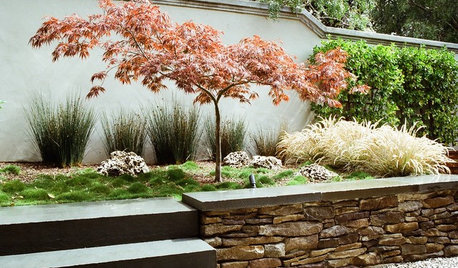
GARDENING AND LANDSCAPINGGreat Design Tree: Japanese Maple
Lacy form and fiery fall color make Japanese maple a welcome tree for garden or patio
Full Story
GARDENING GUIDES12 Japanese Maples for a Sunny Garden
The right maple in the right place shines in hot summer sun
Full Story
GARDENING GUIDES13 Japanese Maples for Shade
A surprising variety of these understory trees is waiting to make a statement in your shade garden
Full Story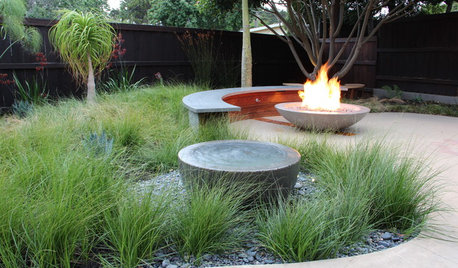
LANDSCAPE DESIGNEnergize Your Landscape With Masses of Grasses
Create year-round interest with waves of attention-getting grasses for all kinds of yards
Full Story
GROUND COVERSNative Alternatives to English Ivy, Japanese Pachysandra and Periwinkle
These shade-loving ground covers are good for the environment and say something about where you are
Full Story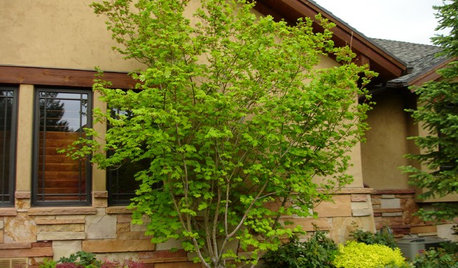
LANDSCAPE DESIGNGreat Design Plant: Vine Maple
Exciting year-round color and adaptability make this highly ornamental native small tree a top choice for home gardens
Full Story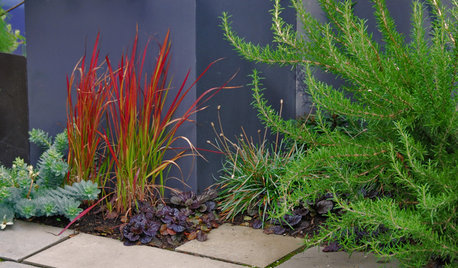
RED FOLIAGEGreat Design Plant: Japanese Blood Grass
This dramatic, ruby-tinged grass bridges the gap between red and green, short and tall plants
Full Story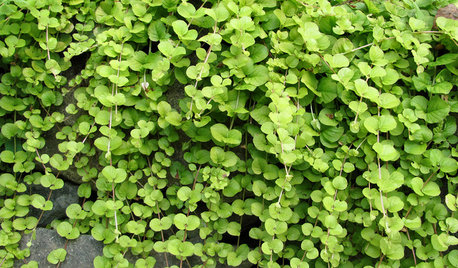
GARDENING AND LANDSCAPINGGreat Design Plant: Golden Creeping Jenny
Try this fast-growing ground cover for easy masses of gold and green in the garden
Full StoryMore Discussions






gardengal48 (PNW Z8/9)